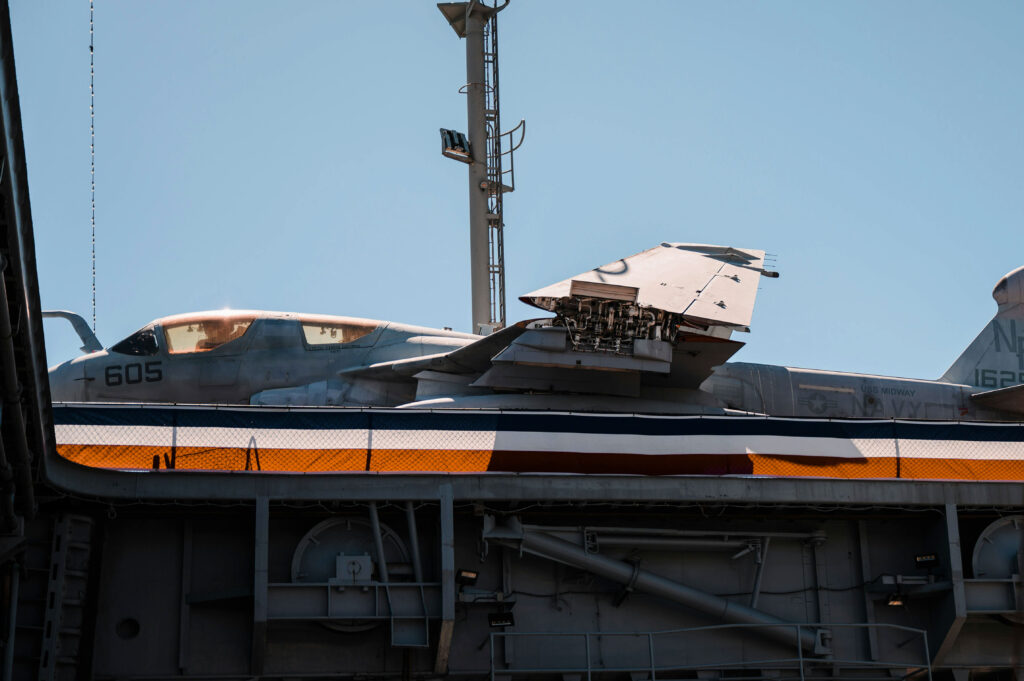Aerospace and Defense: Private Equity Investment Surges
3 Min Read
The defense industry is undergoing significant transformation thanks to the defense business leveraging AI and robotics, enabling more efficient operations. These defense innovations are creating valuable opportunities in aerospace and defense private equity investment, offering investors and portfolio management teams a chance to refine their investment thesis in this evolving sector. The rise of defense startups, along with advancements in autonomous weapons systems and the electrification of military vehicles, is further driving growth and investment in the defense industry.
Spending on global defense initiatives is expected to grow at a 5.37% rate from $2.012 trillion in 2023 to $2.120 trillion in 2024. This growth is linked to an increase in military funding and US government defense spending driven by rising geopolitical tensions, and an effort towards military modernization to better position the United States to respond to security threats. These factors continue to make aerospace and defense private equity investment an attractive area.

Recent interest in aerospace and defense private equity projects at Apex Leaders includes:
- Naval ship MRO services
- Lithium-ion components and aerospace components
- Naval sonar components
As tensions rise and the defense landscape continues to evolve, we expect to see middle market spending in the Aerospace and Defense sector to continue to rise.
Investor Insights
- Autonomous counter-drone systems: The anti-drone technologies market is growing based on a rising incidence of critical infrastructure security breaches by unidentified drones and terrorist groups. The anti-drone market is valued at $2.03 billion in 2024, and is expected to reach $6.31 billion by 2029, growing at a CAGR of 25.46%. This defense market is semi-consolidated in nature, with several key OEMs like Lockheed Martin Corporation, RTX Corporation, THALES, and others.
- Enhanced Space Situational Awareness (SSA): The adoption of SSA capabilities by global defense forces will be driven by an increased threat from a growing number of objects in space. There is a need for advanced threat warning and assessment technologies to address concerns around space debris, cyber threats, and hostile maneuvers. The US government is also the largest purchaser of satellite imagery, giving investors confidence in a long-term partner for growth.
- Electric military vehicles: The electrification of military vehicles is forecasted to grow in response to government initiatives that aim to achieve zero emissions by 2050. For example, the US Department of Defense has mandated all military branches to convert their fleets of non-combat vehicles from gas-powered to electric by 2035. However, logistics in power and charging remain a challenge. This provides opportunities for the commercial automotive, battery development, and utilities industries to potentially disrupt the market with advancements in power distribution and battery storage technologies
- Naval fleet modernization: The 2024 US Department of Defense budget includes $48.1 billion for sea power investments and $52.8 billion allocated toward naval readiness. This push for naval fleet modernization creates opportunities for investments into areas such as software development, particularly in cybersecurity and AI, along with onboard technologies like defense and radar systems.

Modernize your investments.
At Apex Leaders, our clients’ conviction is the top priority. We connect private equity investors with seasoned PE experts who can guide sound decision-making in developing a private equity investment thesis. Contact us to learn more about how we help portfolio companies and private equity firms evaluate investments in defense technologies and defense companies.

